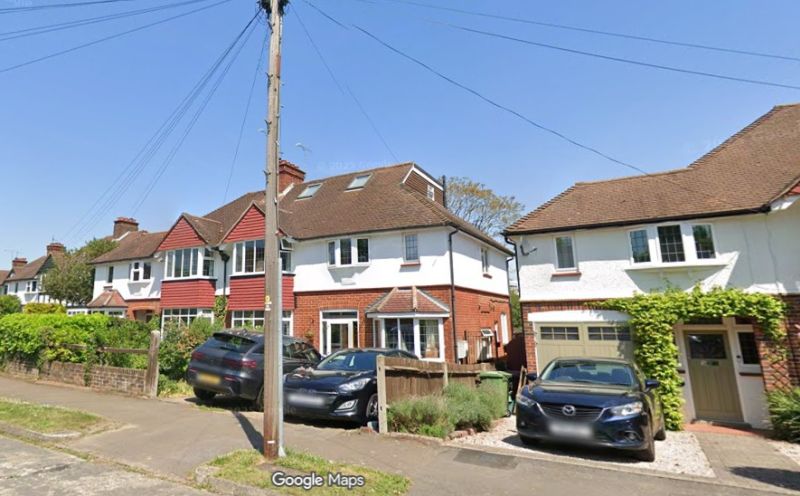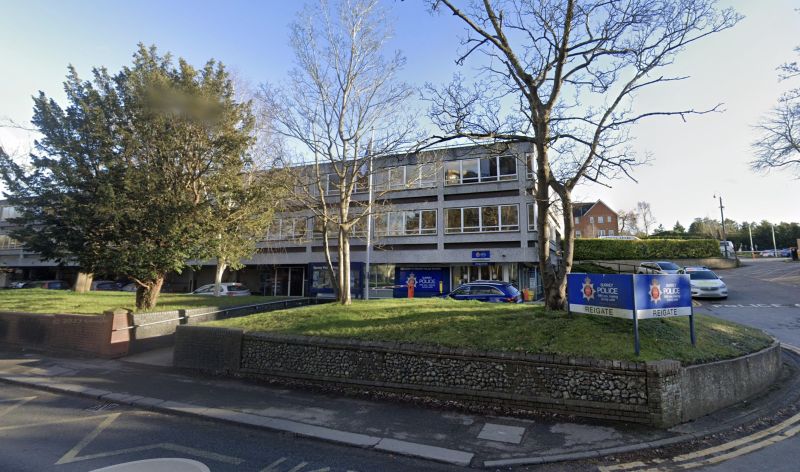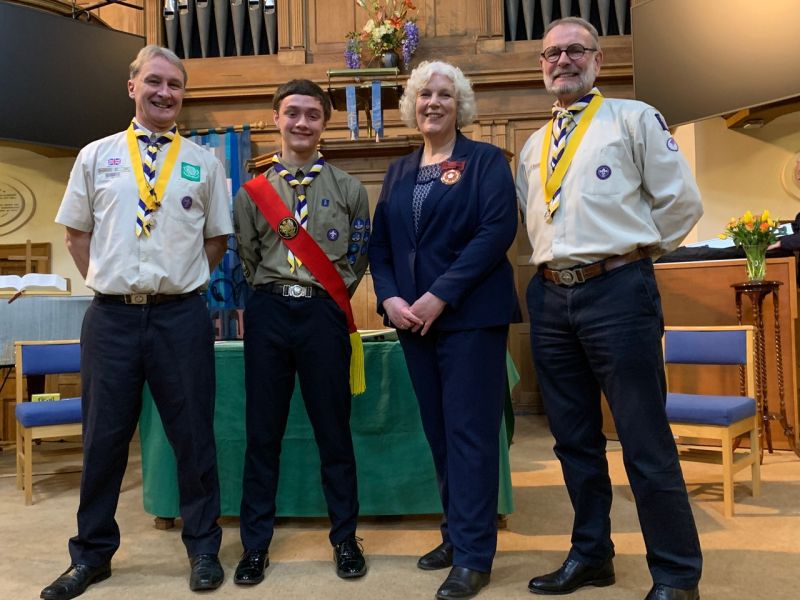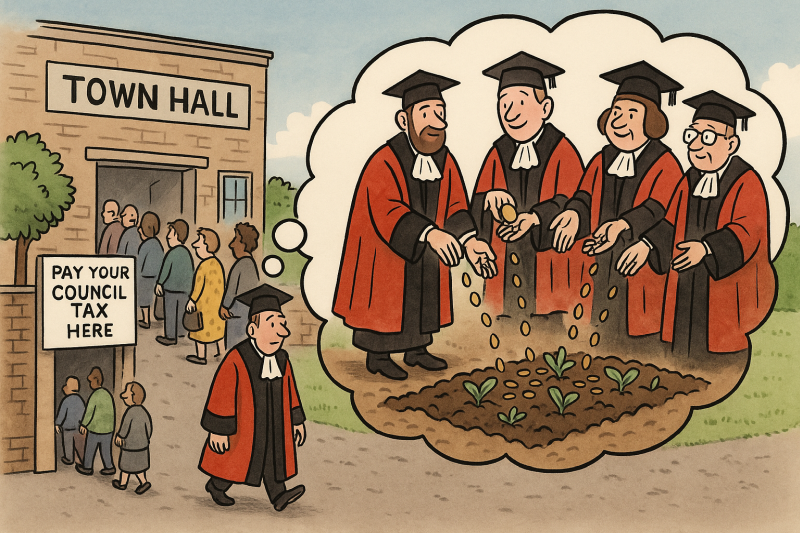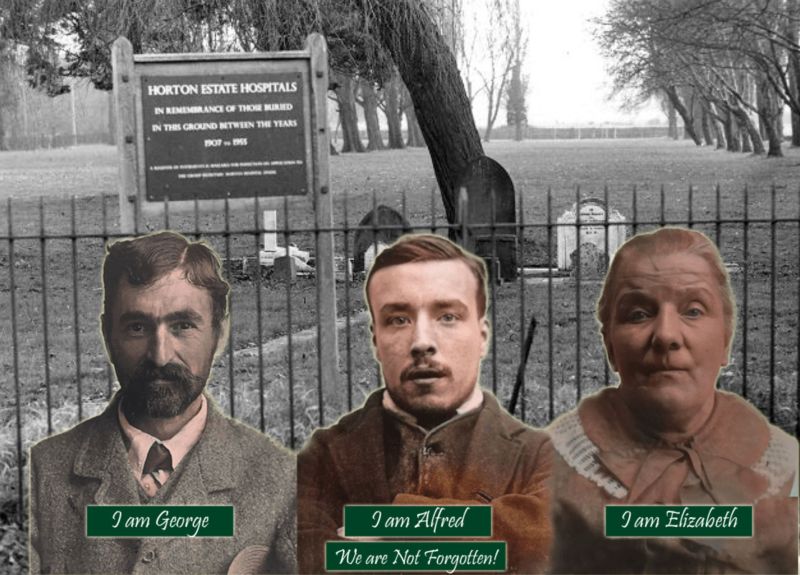The Plot of Gunpowder in Worcester Park
Unearthing History: Worcester Park’s Gunpowder Mills Rediscovered
For centuries, the quiet banks of the Hogsmill River at Old Malden Lane, Worcester Park, concealed a remarkable piece of Surrey’s industrial past. The site of the former Worcester Park Gunpowder Mills, which operated in the 18th and 19th centuries, has recently been brought to light thanks to an unexpected archaeological discovery during a housing development project.
This fascinating chapter in local history was uncovered through the work of Surrey County Council’s Historic Environment Planning Team, led by Nigel Randall, in partnership with Cotswold Archaeology. Their findings tell a story of industrial ingenuity, featuring cutting-edge engineering by John Smeaton, the ‘father of civil engineering’, and contributions from the renowned inventor James Watt.
An Unexpected Discovery
The site, long designated as an Area of High Archaeological Potential, had been a haulage yard for the past 40 years before its purchase by developers Taylor Wimpey. On the surface, it appeared unremarkable—concrete hardstanding, rough ground, and piles of demolition rubble. An initial archaeological assessment in 2018 noted the high potential for remains from the gunpowder mills but suggested they would likely be fragmented due to modern disturbances.
When planning permission was granted, it included a condition requiring archaeological investigation before construction began. What followed was a revelation: instead of minor remains, archaeologists uncovered substantial structures, including two gunpowder ‘incorporating’ mills, a sophisticated water management system, and a network of subterranean brick-built culverts.
A Hub of Industrial Innovation
The Worcester Park Gunpowder Mills played a crucial role in Britain’s industrial heritage. Designed in 1771 by John Smeaton, the mills incorporated advanced engineering to power their operations. At the same time, James Watt was commissioned to develop a steam engine to pump increased volumes of water from the Hogsmill River—an indication of the site’s significance at the height of its production.
Balancing Preservation with Development
Faced with such an important discovery, a collaborative approach between the developers and archaeologists ensured that as much of the site as possible could be recorded and preserved. The layout of the housing development was adjusted to avoid major disruption to the mill structures. However, due to safety concerns, some elements had to be carefully dismantled, while others were preserved beneath the new development.
To document and share this discovery, Cotswold Archaeology created a detailed 3D model of one of the incorporating mills, alongside a short video that brings the site’s history to life. These resources provide a valuable opportunity for the public to engage with Surrey’s industrial past and appreciate the ingenuity of 18th-century engineering.
A Lesson in Hindsight
Reflecting on the excavation, the project’s lead archaeologist acknowledges that had an earlier trial trench evaluation been conducted, more could have been done to adapt the development to preserve these historical remains. However, the funding generated by the project enabled a comprehensive archaeological investigation, ensuring that this significant chapter in local history is documented and remembered.
For those interested in delving deeper into the story of Worcester Park’s gunpowder mills, further details and the 3D model can be accessed through Cotswold Archaeology’s online resources.
The uncovering of these historic structures serves as a reminder of the rich heritage hidden beneath our feet—and the importance of balancing development with the preservation of our past.
Acknowledgements: This article is based on research conducted by Nigel Randall of Surrey County Council’s Historic Environment Planning Team and the Surrey History Centre. We extend our thanks for their work and permission to share this story. For further information, contact heritageconsultations@surreycc.gov.uk.
Many many more fascinating stories from Surrey’s rich and varied heritage can be found on the Surrey History Centre website: https://www.exploringsurreyspast.org.uk/
Image: An aerial view of the main excavation looking south-west. It shows the two mill structures and the brick culverts that supplied the water to power them and returned it to the Hogsmill (photo courtesy of Cotswold Archaeology and Aerial-Cam).


